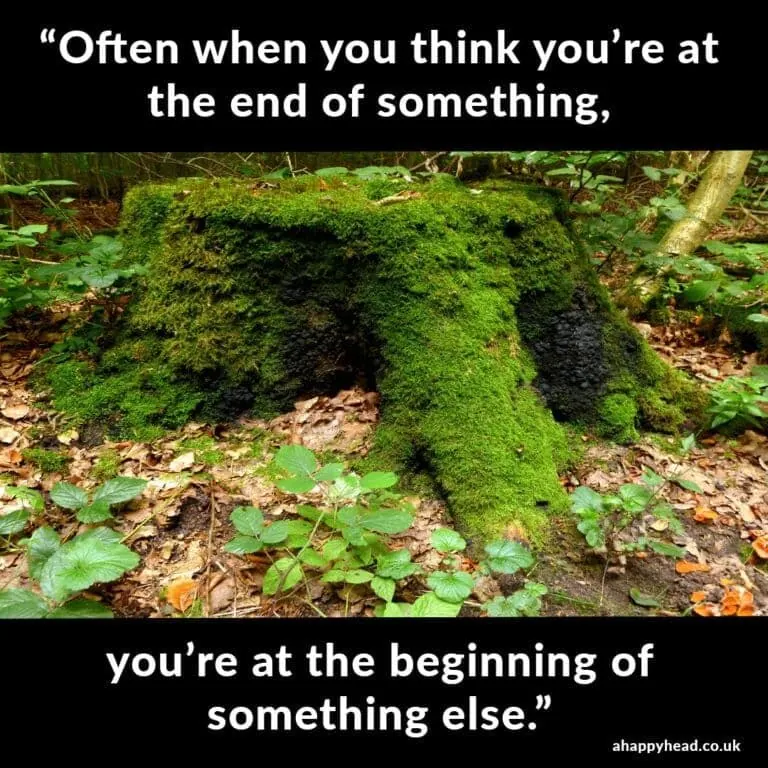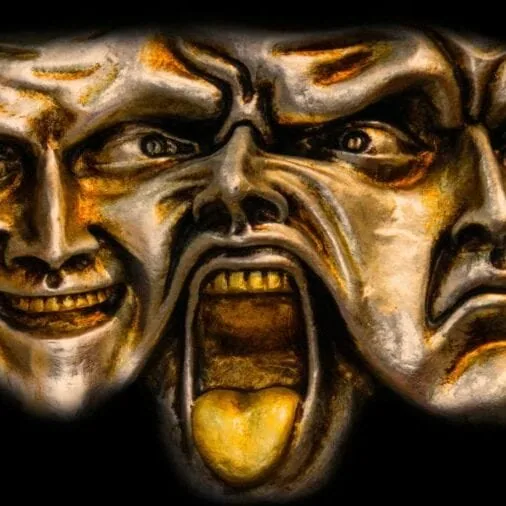What is Somatic Healing?
Somatic healing is a body-centric therapeutic approach that recognises the intricate connection between the physical form and psychological well-being. It’s grounded in the principle that the body holds onto past traumas, stress, and emotions, often manifesting as physical discomfort or ailments. Through somatic healing, individuals learn to tap into their body's wisdom, using awareness, movement, and breath to release and transform tension and trauma.
Put simply: When past trauma, stress and emotions have affected your mind, they can create pain and chronic illness - especially over a long period. Traditional healing supposes that the mind and body are separate, however Somatic Healing focuses on healing the mind and body together to provide a faster and more effective outcome.
In the landscape of healing and wellness, somatic healing emerges as a profound journey inward, inviting a reconnection with the often-neglected language of the body. This holistic approach to healing is not just a therapeutic tool but a transformative philosophy that has woven its principles into the fabric of modern therapy from ancient traditions.
Key Takeaways
Long term stress, trauma and anxiety can cause pain and chronic illness
Conventional medicine mistakenly supposes that the mind and body two separate entities
Somatic Healing connects your body and mind
You can learn to recognise and release tension
Improve your resilience to stress
Using focused attention, conscious movement, breathwork and touch.
The Origins of Somatic Healing

The seeds of somatic healing were planted by early 20th-century pioneers like Wilhelm Reich and later cultivated by leaders like Alexander Lowen with Bioenergetics and Peter Levine with Somatic Experiencing. These visionaries observed that emotional and psychological experiences were inextricably linked to physical sensations and vice versa.
Somatic healing is a tapestry woven from the threads of mindfulness practices, dance, movement therapies, and Eastern spiritual traditions, all recognising the body as a vessel of emotional experience.
How Somatic Healing Can Help You
Somatic healing stands out for its ability to address the physiological effects of trauma and stress such as pain or chronic illness. It equips individuals with tools to:
- Recognise and release bodily tension
- Improve resilience to stress
- Cultivate a deeper awareness of bodily sensations
- Enhance emotional regulation
- Foster a sense of grounding and presence
- Heal from traumas by renegotiating the bodily experience
Once you body and mind are reconnected and you can recognise your somatic responses to stress, you'll be able to self-regulate and reduce your symptoms.
Somatic Healing Techniques

Practitioners of somatic healing may incorporate a variety of techniques, including but not limited to:
Focused Attention: Guiding individuals to notice bodily sensations related to emotions.
Conscious Movement: Using exercises and dance to connect with and release physical blocks.
Breathwork: Employing breathing techniques to calm the nervous system.
Touch: Applying therapeutic touch to support awareness and healing in the body.
Further Reading about Somatic Healing
Evidence supporting the effectiveness of somatic healing continues to grow within the scientific community. Here's some further reading:
Payne, P., Levine, P. A., & Crane-Godreau, M. A. (2015). “Somatic experiencing: Using interoception and proprioception as core elements of trauma therapy.” Published in “Frontiers in Psychology,” this article explores somatic experiencing as a method for treating trauma.
Levine, P. A. (1997). “Waking the Tiger: Healing Trauma.” This seminal work has offered foundational insights into how somatic healing processes trauma.
Ogden, P., Minton, K., & Pain, C. (2006). "Trauma and the Body: A Sensorimotor Approach to Psychotherapy." This study offers clinical evidence on the use of body-oriented approaches to psychotherapy.
Van der Kolk, B. A. (2014). "The Body Keeps the Score: Brain, Mind, and Body in the Healing of Trauma." This book synthesises research on the body’s role in trauma treatment.
Rothschild, B. (2000). “The Body Remembers: The Psychophysiology of Trauma and Trauma Treatment.” This text provides empirical support for somatic healing's effects on trauma.
Aposhyan, S. (2004). “Body-Mind Psychotherapy: Principles, Techniques, and Practical Applications.” This book bridges body-mind methodologies with psychotherapeutic practice.
Does Somatic Healing Work Quickly?
By integrating the principles of somatic healing into therapeutic practices, individuals are granted a path to reconcile with their past, cultivate bodily awareness, and pave the way for a harmonious and healthy future. It's a gentle yet profound reminder that the body not only completes the journey of healing but actively guides it.
Remember, somatic healing is not a quick fix but a progressive journey towards wellness, one where the body leads the dance of healing, step by mindful step.




